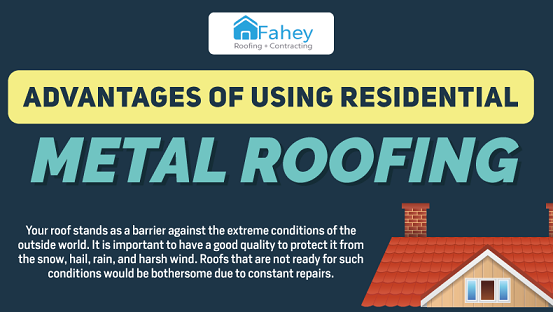Typical Roof Setup Errors And Tips For Preventing Them
Typical Roof Setup Errors And Tips For Preventing Them
Blog Article
Created By-Adamsen Randrup
When you're preparing a roofing installment, it's simple to neglect crucial details that can cause significant problems down the line. You might be tempted to cut edges on material choice or avoid appropriate blinking installation, however these typical errors can result in expensive repair work later. Understanding the value of air flow and sticking to neighborhood building regulations is vital for an effective job. So, what are the crucial steps you should take to ensure your roofing system stands the test of time? Let's check out some reliable strategies to stay clear of these pitfalls.
Poor Material Choice
When it comes to roofing system setup, selecting the wrong materials can lead to costly troubles down the line. Read Alot more might believe that any type of roof product will do, yet that's a common false impression. It's vital to select products that match your local environment and the certain requirements of your home.
As an example, if you live in a location with heavy rainfall or snow, opting for asphalt tiles may not be the best selection. Rather, take into consideration even more long lasting options like steel or slate.
Additionally, focus on the top quality of the products you're taking into consideration. Inexpensive products may conserve you cash upfront, but they commonly do not have durability and can result in frequent repairs or substitutes.
You ought to additionally consider the design of your home and ensure the materials you pick will certainly keep its visual charm.
Ultimately, don't neglect to speak with experts. They can provide important insights and suggest materials that follow regional building codes.
Spending time in appropriate material option currently can help you avoid migraines and costs in the future, making your roof covering project a success.
Inadequate Flashing Installation
Choosing the appropriate materials isn't the only element that can result in roof issues; inadequate flashing installation can also create substantial issues. Flashing is https://cristianfbvpk.is-blog.com/38852849/selecting-the-perfect-specialist-for-your-roofing-repair-can-be-discouraging-find-the-necessary-factors-that-will-direct-your-decision-making-procedure for directing water far from prone locations, such as chimneys, skylights, and roofing valleys. If it's not mounted correctly, you run the risk of water breach, which can result in mold and mildew development and structural damages.
When you set up blinking, ensure it's the appropriate type for your roofing's layout and the local environment. As an example, steel blinking is often a lot more durable than plastic in locations with heavy rain or snow. Make sure the flashing overlaps suitably and is secured firmly to avoid gaps where water can seep via.
You should likewise pay attention to the installment angle. Flashing ought to be positioned to direct water away from your home, not towards it.
If you're unsure regarding the setup procedure or the products needed, consult a professional. They can aid recognize the best blinking alternatives and make certain every little thing is set up correctly, safeguarding your home from possible water damages.
Taking these steps can save you time, cash, and migraines in the future.
Neglecting Ventilation Needs
While several home owners concentrate on the aesthetic and structural elements of roof covering setup, ignoring ventilation requirements can result in severe lasting effects. Proper air flow is crucial for controling temperature and moisture degrees in your attic room, preventing problems like mold and mildew growth, wood rot, and ice dams. If you don't set up appropriate ventilation, you're establishing your roof covering up for failure.
To prevent this error, first, assess your home's certain air flow needs. A well balanced system typically consists of both intake and exhaust vents to advertise airflow. Ensure you have actually mounted soffit vents along the eaves and ridge vents at the height of your roof. This mix permits hot air to leave while cooler air enters, keeping your attic area comfy.
Also, consider the kind of roofing material you've selected. Some products might need added air flow techniques. Double-check your regional building regulations for ventilation guidelines, as they can differ dramatically.
Finally, don't fail to remember to evaluate your air flow system on a regular basis. Clogs from debris or insulation can hamper air flow, so maintain those vents clear.
Verdict
Finally, preventing usual roof installment blunders is vital to guaranteeing your roofing's durability and efficiency. By selecting the appropriate products for your environment, mounting flashing properly, and attending to air flow demands, you can stop pricey issues later on. Don't neglect to familiarize yourself with local building codes and routine regular examinations. With these steps, you'll take pleasure in a risk-free, durable roofing system that secures your home for several years ahead. Happy roof covering!
